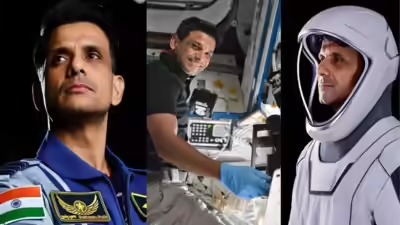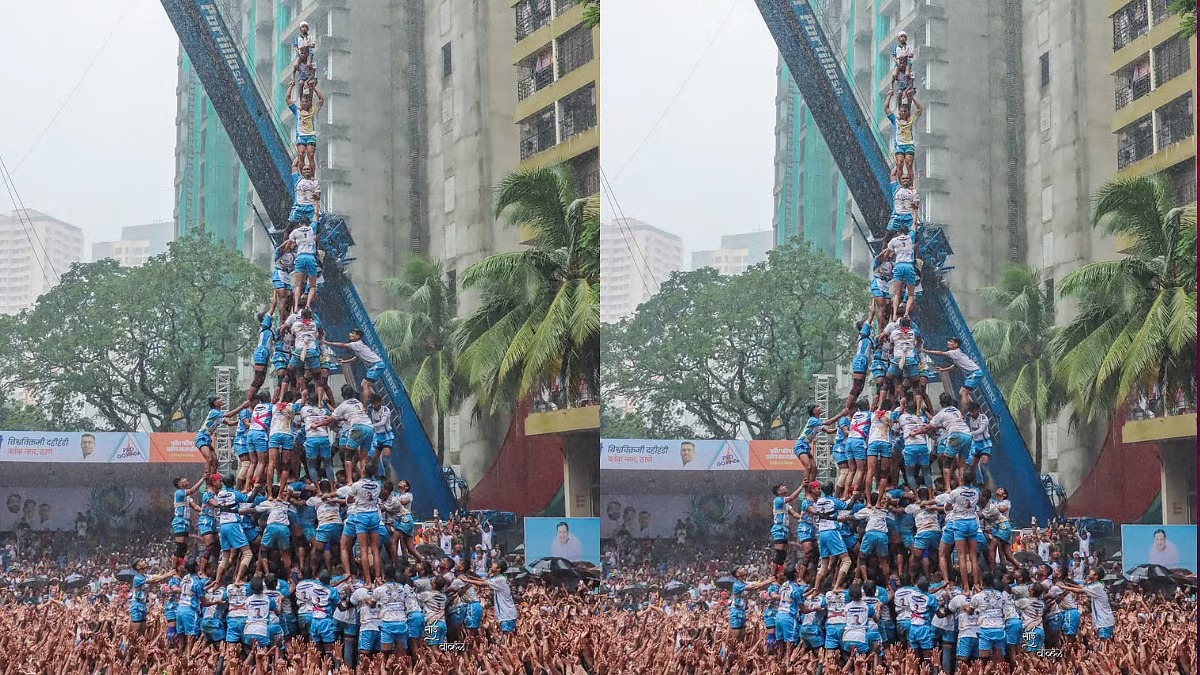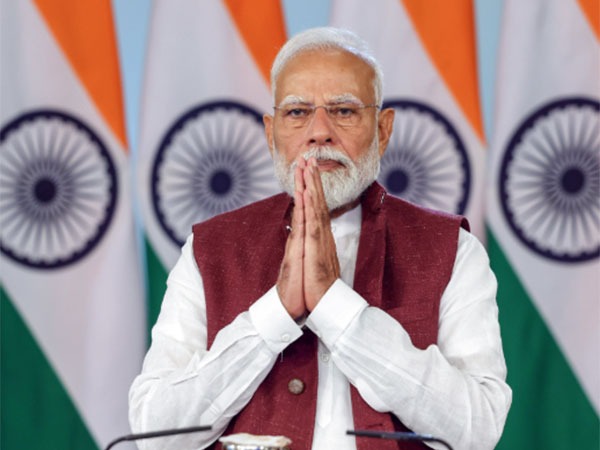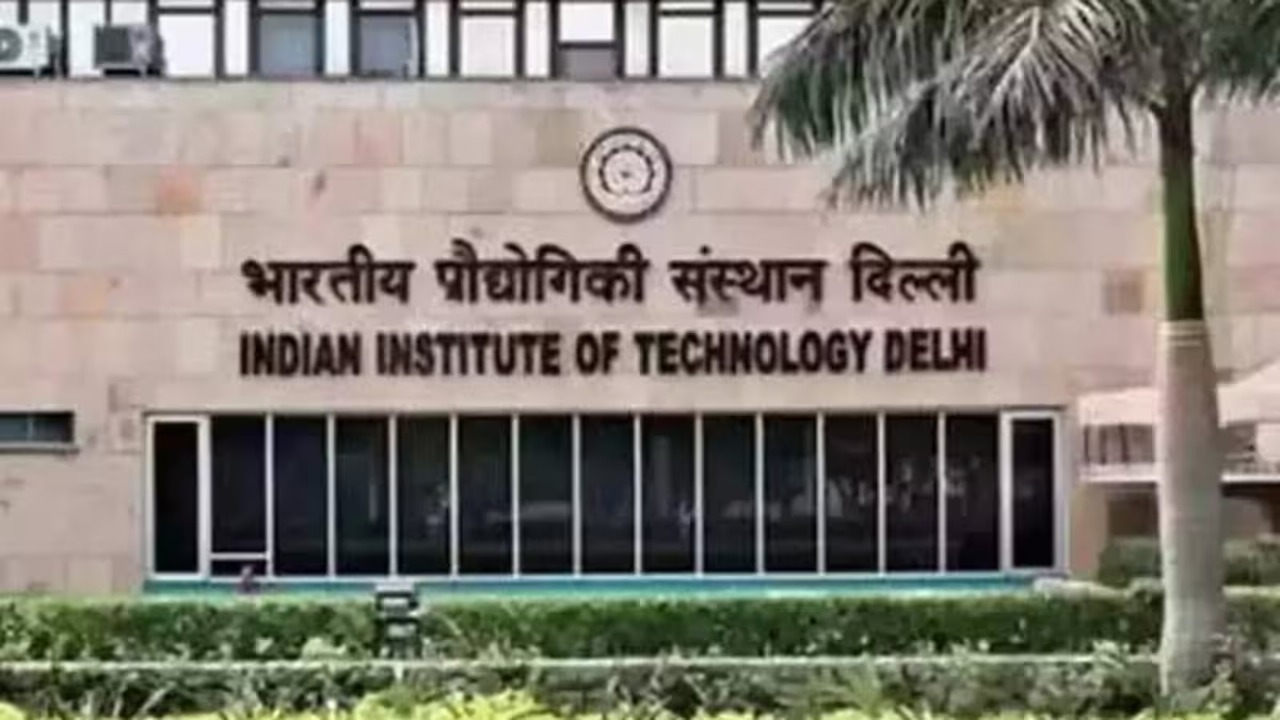
Follow WOWNEWS 24x7 on:
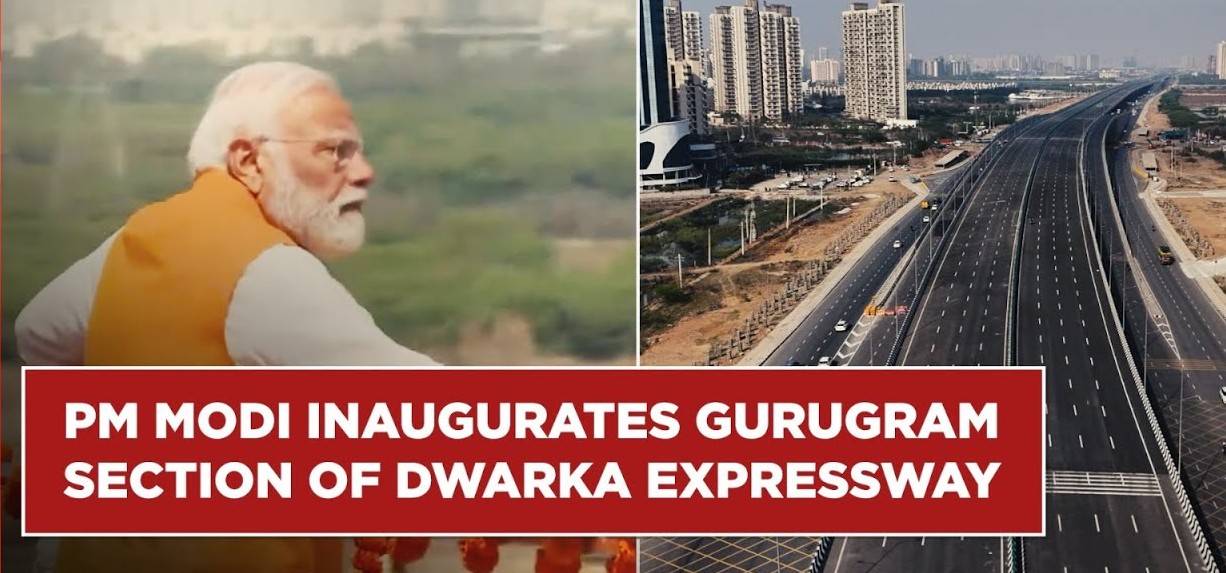
Key Highlights of the Infrastructure Push
Prime Minister Narendra Modi is set to inaugurate two major National Highway projects totaling nearly Rs 11,000 crore in Delhi on Sunday, August 17. The event, scheduled for 12:30 PM in Rohini, marks a landmark move to decongest the capital and accelerate mobility across the National Capital Region. These new highways are part of a comprehensive strategy to build world-class infrastructure and improve the everyday commute for millions.
Projects Overview—What’s Being Inaugurated?
Delhi Section of Dwarka Expressway: Stretching 10.1 km, this segment has been completed at a cost of approximately Rs 5,360 crore. It links multiple critical urban transport hubs, including the Yashobhoomi convention center, Delhi Metro Blue and Orange lines, upcoming Bijwasan railway station, and the Dwarka cluster bus depot.
Package I covers 5.9 km from Shiv Murti intersection to the Road Under Bridge (RUB) at Dwarka Sector-21.
Package II covers 4.2 km from Dwarka Sector-21 to the Delhi-Haryana border, directly linking with Urban Extension Road-II.
The Haryana section (19 km) was inaugurated in March 2024.
Urban Extension Road-II (UER-II): The Alipur to Dichaon Kalan stretch is being inaugurated, built at a cost of approximately Rs 5,580 crore. New links to Bahadurgarh and Sonipat will also launch, further boosting industrial connectivity and easing goods movement.
The corridor will ease traffic congestion on Inner and Outer Ring Roads and relieve pressure at busy junctions such as Mukarba Chowk, Dhaula Kuan, and NH-09.
Connectivity and Commuter Benefits
These projects target faster travel times for residents, improved freight and industrial connectivity, and more efficient distribution of city traffic.
Multi-modal links from the expressway will simplify transit for Delhi’s growing population and strengthen integration with public transport and national highways.
Direct access to Bahadurgarh and Sonipat means easier and quicker movement between Delhi and neighboring districts, supporting both commuters and logistics companies.
Urban Impact and Economic Growth
By decongesting arterial roads and key intersections, these highways will help reduce travel fatigue and pollution while improving safety across Delhi’s busiest routes.
Enhanced connectivity supports ongoing economic growth in the NCR, encouraging new investment in industrial, retail, and residential development.
Government Vision and Strategy
The projects reflect PM Modi’s larger vision: improved ease of living for citizens through advanced, sustainable urban infrastructure and seamless mobility.
Integration of multi-modal transport options—metro lines, buses, and future railways—shows a focus on smart city principles and future-ready planning.
Event Details
PM Modi will deliver a public address after the inauguration, emphasizing the government’s continued commitment to infrastructure development and greater investment in national connectivity.
Conclusion
With the launch of these two flagship highway projects—worth Rs 11,000 crore—Delhi is poised for a leap forward in urban mobility, offering easier commutes, cleaner roads, and expedited economic progress for the capital and surrounding regions.
Sources: PIB, SwarajyaMag, The Shillong Times, Business Standard, Devdiscourse, UNI India, Hindubusinessline, ANI
